Thymesia doesn’t hide its influences: it’s trying to emulate the atmosphere, exploration, and combat of FromSoftware’s Soulsborne series. In an era where fresh ideas are rare and combined ideas are common, it brings together the mechanics of Demon’s Souls, Bloodborne, and Sekiro: Shadows Die Twice. It’s not always best to stuff a review with comparisons, but Thymesia’s design demands it — and it combines them all quite well.
Go climb a tree
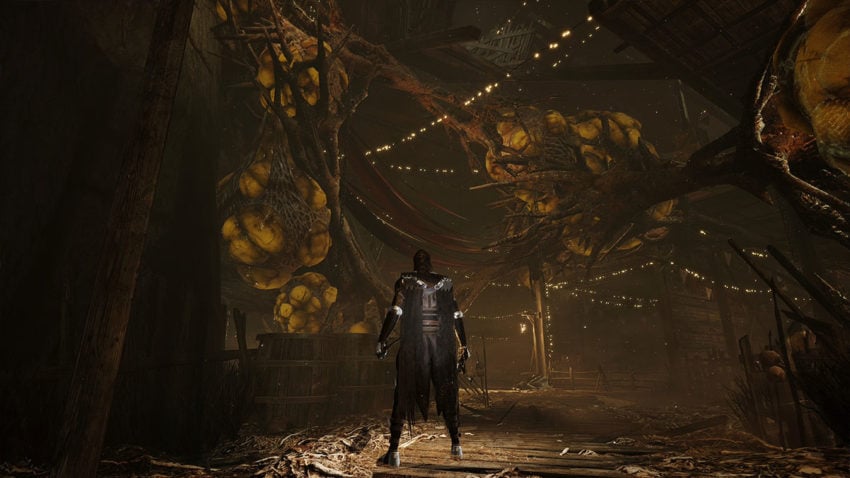
Thymesia is set in the Hermes Kingdom, a land built into a giant tree. As you might expect, there’s a social hierarchy to how the citizens live on this tree, with the poorer folk relegated to the musty roots. The kingdom has been beset by a plague, wiping out citizens and forcing alchemists to conduct blood experiments to find ways to combat the disease. There’s an inescapable Bloodborne comparison there, but it serves as a fine setup for why this world looks the way it does.
You take on the role of Corvus, a mysterious individual who’s lost their memory. This is where Thymesia’s narrative stands apart from its influences: every level is presented as one of Corvus’ memories. Each time you dive in, you must reach the end of the stage and face a boss to recover a core memory, slowly filling in the gaps of what happened to Hermes Kingdom. Bits of lore are scattered throughout each stage: you’ll read a variety of journal entries, dropped letters, and public notices that tell stories of other individuals who tried to survive the plague. Each one also grants you Memory Shards, which serves as experience points. It’s a great way to merge the game’s story with its level-up mechanics. Not only did I get to learn about the king’s secret experiments or the mysterious circus that came to town, but my character was also rewarded for it.
Corners and connections
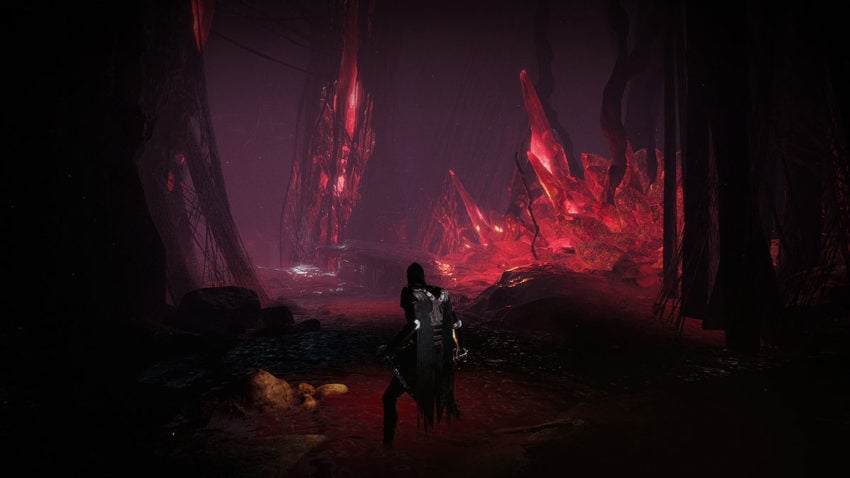
You’ll explore four total stages as you climb the great tree. Each is a discrete level, in the same way that Demon’s Souls presents its individual Archstones. The layout of each level begs similar comparisons. Your goal is always to get from point A to point B, activating shortcuts along the way, along a path laden with enemies. As you explore, you’ll find shortcuts that make it easier to return to wherever you died, and as you might expect, the Memory Shards you collected are waiting to be scooped back up from your corpse when you return. The first stage, Sea of Trees, also forces you to contend with clouds of yellow poison, but traps strangely stop appearing after that first level. It would make sense for the Hermes Fortress to have spikes or siege weapons to make it more of an obstacle course, for example, but that’s not the case.
Despite this, levels are still smartly laid out. I felt a sense of accomplishment as I unlocked shortcuts and saw how the various passages connected. There’s an initial sense of discovery, and the levels don’t feel needlessly complicated. Aesthetically, they all have completely different looks and feels too. Two of my favorites feature the roots of the tree, covered with circus tents and paraphernalia, and a dense library flooded with blood.
Upon clearing a level, you can return to take on sub-missions. These may give you the goal of collecting a certain object or facing another boss, but in all cases, they are fresh takes on the same stage. Simply starting at a different checkpoint and going off in a new direction feels fresh enough, but sub-missions also open up previously locked passages to let you explore whole areas of the level you didn’t see before.
The dance of combat
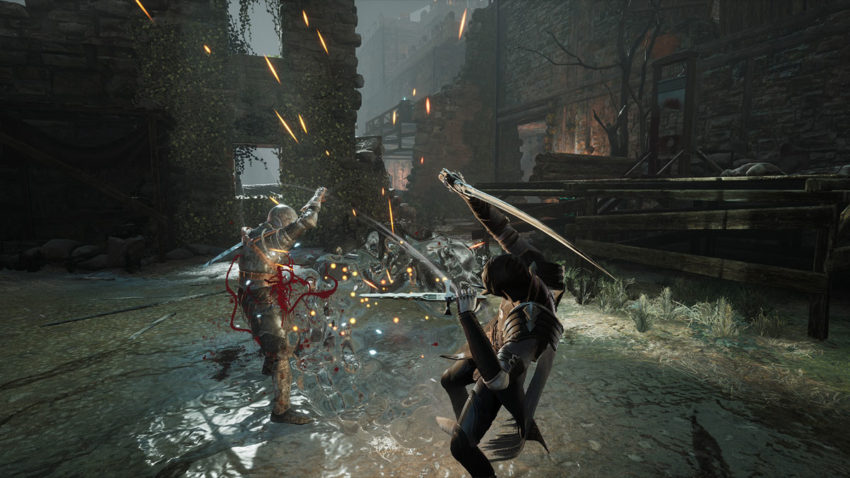
The presentation of each stage is nice, but the fights you get into in each level are where Thymesia really starts to shine. Combat is a play on two key elements from Bloodborne and Sekiro: enemies can recover health, and they need to be finished with a final blow lest they rally and continue to fight. To pull this off, Corvus is armed with a saber and a set of claws. The former is used to whittle down enemy HP, and the latter deals wound damage that prevents enemies from recovering health. Thymesia forces you to stay aggressive, as not persistently attacking an enemy will give them the chance to heal up.
This also encourages combos, which flow nicely and feel incredible when pulled off — I particularly love the rushdown jump counter that’s clearly modeled after Sekiro’s mikiri. I found a dependable rhythm during most combat encounters, making each fight feel more like a dance than a chore. There is no stamina meter to speak of, so you can go from attacking to dodging to deflecting blows without pause. Certain enemy attacks will glow a green or red color, indicating that they can’t be blocked or countered, which ensures you don’t steamroll your foes with a flurry of blows.
Spread the infection
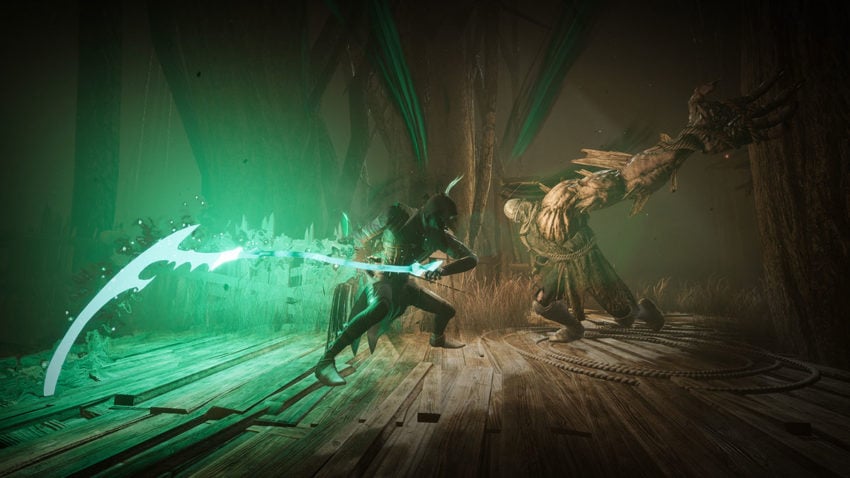
Corvus can also use their claws to reave enemies, creating a ghostly green copy of the opponent’s weapon. These are known as Plague Weapons, and they give you even more ingredients to spice up combat. There is a variety to unlock and equip permanently, from a knife to a halberd to a shield to a miasma that lets you dodge in a misty cloud. They all provide new utility in combat, increasing the number of attack combinations at your disposal. Upgrading them grants perks, and when combined with the buffs you can get on your own skill tree, the various combat systems start to merge in a way that makes you feel quite powerful by the endgame.
These moves are used against a variety of diseased enemies, from simple soldiers to bigger mini-bosses to end-level bosses. Thymesia’s bosses make for challenging encounters, and there’s a strong sense of victory in overcoming each one — particularly the circus master Odur, the game’s first major roadblock. Unfortunately, boss fights are also where a nitpick becomes a real problem. Thymesia has no voice acting, which is not an issue in and of itself. However, bosses have lines of dialogue displayed as subtitles on the bottom of the screen, which can be very distracting when you’re trying to actively fight them. If you want to read their taunts as the fight goes on, you have to take your eyes off the action to do so.
The verdict
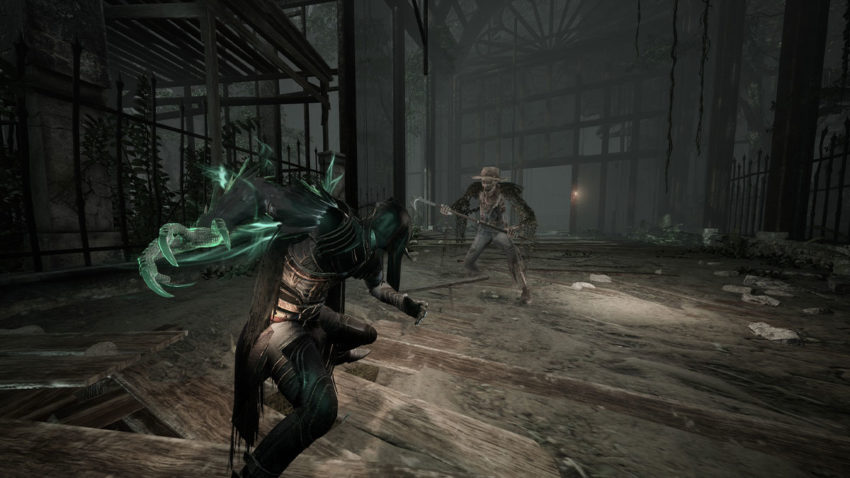
Thymesia wears its inspirations on its sleeve, and the rest of its outfit screams “we want to make a Dark Souls game.” Even the messages that appears when you activate a checkpoint or die in combat carry similar fonts and colors. Yet it feels acceptable in this instance, because despite the clear influences or borderline copycat mechanics, the result is a very enjoyable game.
Thymesia’s narrative and level structure are intriguing, telling its tale through the vehicle of lost memories. It offers well-crafted stages with not only good floor plans, but also interesting visuals. The enemies and bosses you face in these levels will force you to create combos that incorporate your standard attacks, claw swipes, and Plague Weapons in a way that leads to satisfying rhythms. Thymesia proves that imitation can lead to an enjoyable new combination.
Final Score:
8 / 10
| + | Levels are well laid out and aesthetically designed |
| + | Sub-missions and shortcuts make revisiting levels worth it |
| + | Combat is full of gratifying counters and combos |
| – | Lack of voice acting detracts from boss battles |
| – | Traps disappear after the first level |
Gamepur team received a PC code for the purpose of this review.

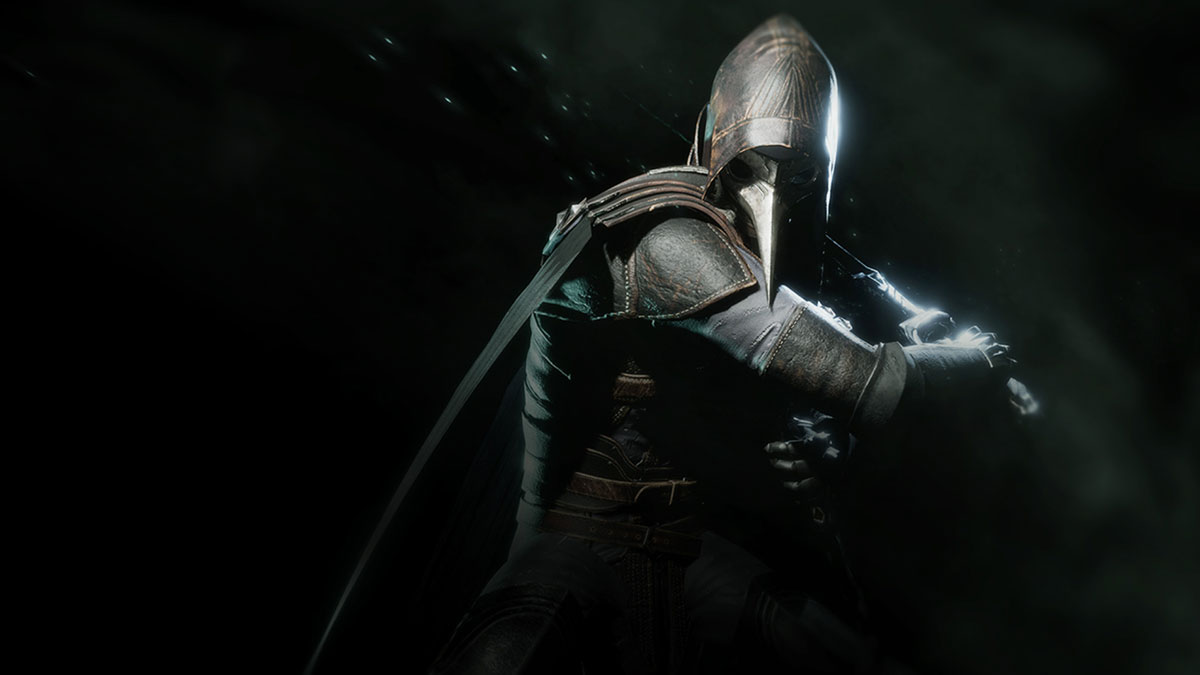







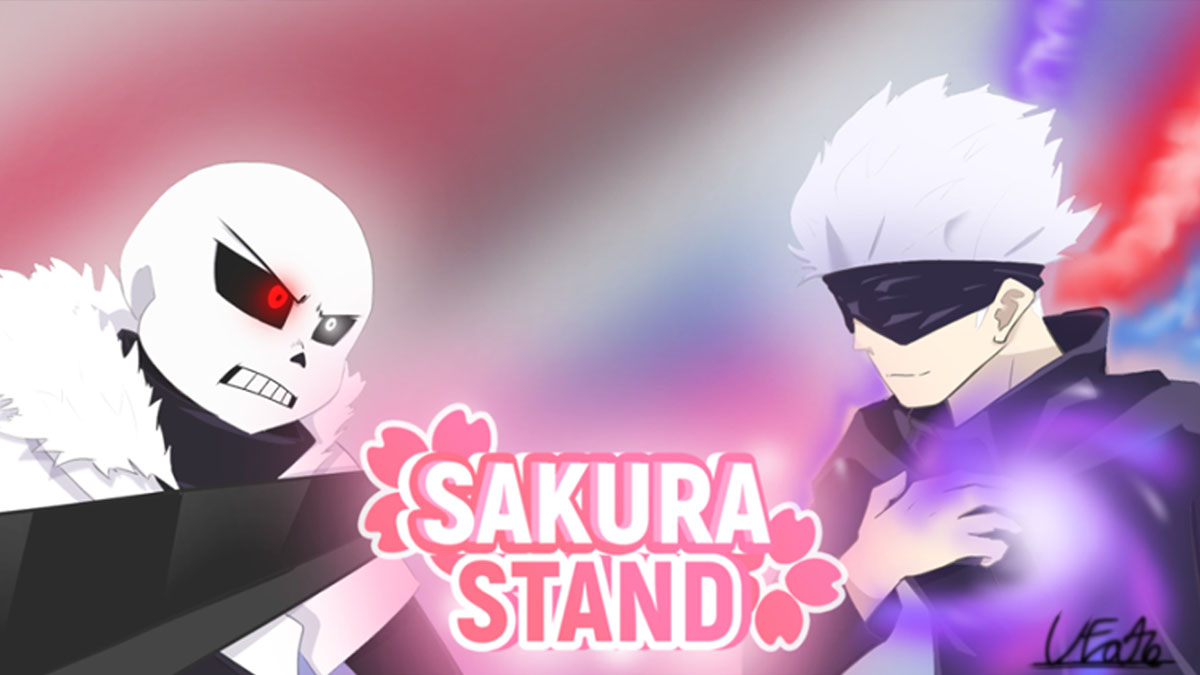
Published: Aug 18, 2022 03:00 pm